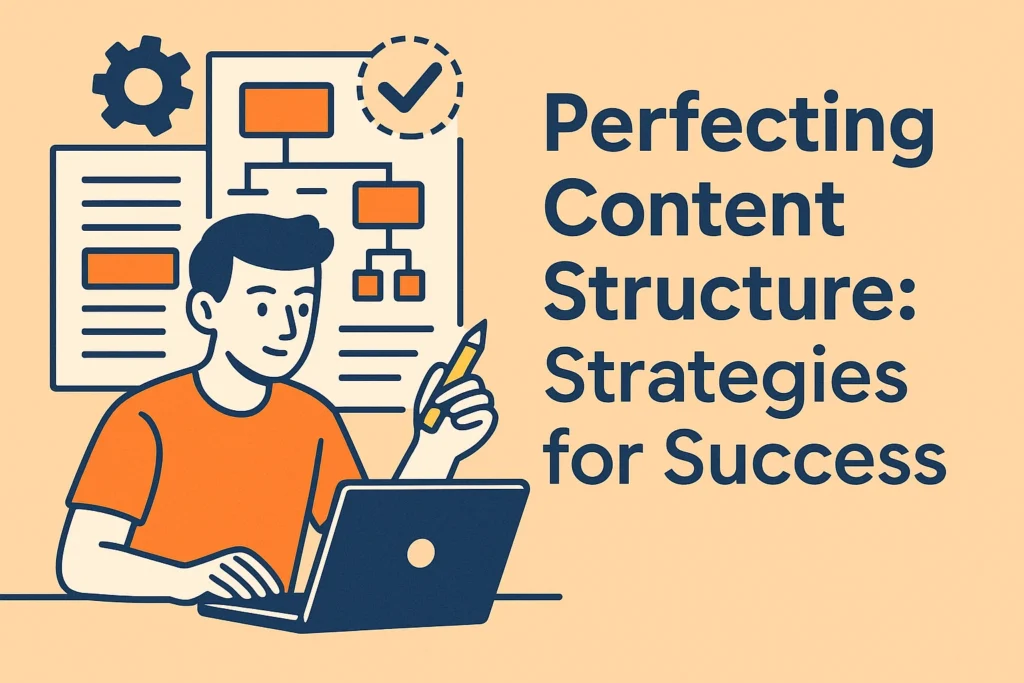Introduction
Content creation is something that everyone with a cell phone and an internet connection consumes every day. While businesses used to be able to thrive through word-of-mouth marketing and traditional marketing tactics, that is no longer the case. Businesses are left with a decision: either make the switch to utilizing content creation in marketing or neglect the idea and risk falling behind.
High-quality, relevant content allows businesses to connect with their audience better than ever before. Content creation helps establish brand authority and drives traffic to websites and social media platforms. Content creation will boost SEO (Search Engine Optimization) which will make it easier for businesses to be discovered by search engines, which will increase visibility and will attract new clients.
Content marketing serves as a key strategy in the competitive market and will be a key factor in maintaining long-term business success in the future. By utilizing vertical videos, static images, carousel posts, blog/article posts, and website optimization, you can help your business reach new clients and grow in the current market.
Why Content Creation is Essential for Business Growth
Digital Shift: Traditional advertising is being replaced by digital marketing.
Traditional forms of advertising, such as print media and TV commercials, are gradually being overshadowed by digital marketing strategies. Consumers are more likely to engage with businesses online than through traditional channels. This shift has made it essential for businesses to establish an online presence, and content creation plays a pivotal role in this transformation.
From blogs and social media posts to videos and podcasts, content serves as the connection in which businesses engage with their audience, which provides valuable information to consumers while building brand awareness and identity.
Builds Trust: Content establishes brand authority and credibility.
Consistently publishing high-quality, relevant content positions your brand as an expert in your field. Whether it’s through informative blog posts, how-to guides, or thought leadership articles, your content serves as a tool to demonstrate knowledge, address customer pain points, and offer solutions.
This trust-building process helps to establish brand authority, making it more likely that potential customers will choose your products or services over competitors. Over time, trust in your content fosters deeper relationships with your audience, leading to customer loyalty and long-term success.
SEO & Visibility: Quality content improves search engine rankings.
Another major advantage of content creation is its impact on search engine optimization (SEO) and visibility. When businesses produce consistent content, they improve their chances of ranking higher in search engine results. Search engines like Google prioritize websites that regularly update their content with valuable, keyword-rich material.
This means that quality content not only helps your audience but also boosts your visibility on platforms like Google, driving organic traffic to your site. With better SEO, your business becomes more discoverable to potential customers, increasing the likelihood of converting site visitors into leads.
Engagement: Build a relationship with your audience through interaction.
Content creation also fosters meaningful engagement with your audience, helping businesses establish two-way communication. Through social media, comments, and other interactive channels, businesses can directly engage with their customers, respond to feedback, and create a sense of community.
This engagement strengthens customer relationships and encourages repeat interactions, which are crucial for maintaining a loyal customer base. By allowing customers to share their opinions and experiences, businesses can improve their products, services, and overall brand experience.
Lead Generation: Content nurtures leads and drives conversions.
Educational content, such as webinars, case studies, and eBooks, can be used to attract potential customers and nurture them through the sales funnel. By providing valuable information that addresses their specific needs, businesses can guide leads from initial awareness to final purchase.
In addition, strategically placed calls to action within your content can encourage prospects to take the next step, whether that’s signing up for a newsletter, scheduling a demo, or making a purchase. When executed correctly, content creation generates leads and converts them into loyal customers, making it an indispensable part of business growth strategies.
Types of Content to Focus On
Vertical Video (Short-Form): Popular on TikTok, Instagram Reels, and YouTube Shorts for high engagement.
Platforms like TikTok, Instagram/Facebook Reels, and YouTube Shorts prioritize short, engaging videos that capture attention quickly. Vertical videos are perfect for businesses looking to share quick tips, product demonstrations, or behind-the-scenes glimpses.
The engaging nature of these videos, combined with their viral potential, makes them an excellent tool for increasing brand visibility and building a strong online presence. While short-form video is important, it can also be time-consuming and cost prohibitive for some businesses.
Static Images: Effective for quick messaging on social media.
Static images are widely used on social media platforms for their ability to deliver quick, impactful messaging. Static images are perfect for sharing promotions, new product launches, or quotes that resonate with your audience.
Whether through infographics, product photos, or simple graphics, static images are a powerful tool for communicating with your audience concisely and visually appealingly. Their simplicity and versatility make them effective for driving engagement and sparking interest in your brand. Additionally, static images are quicker and easier than short-form videos, making them an appealing option for a lot of small businesses.
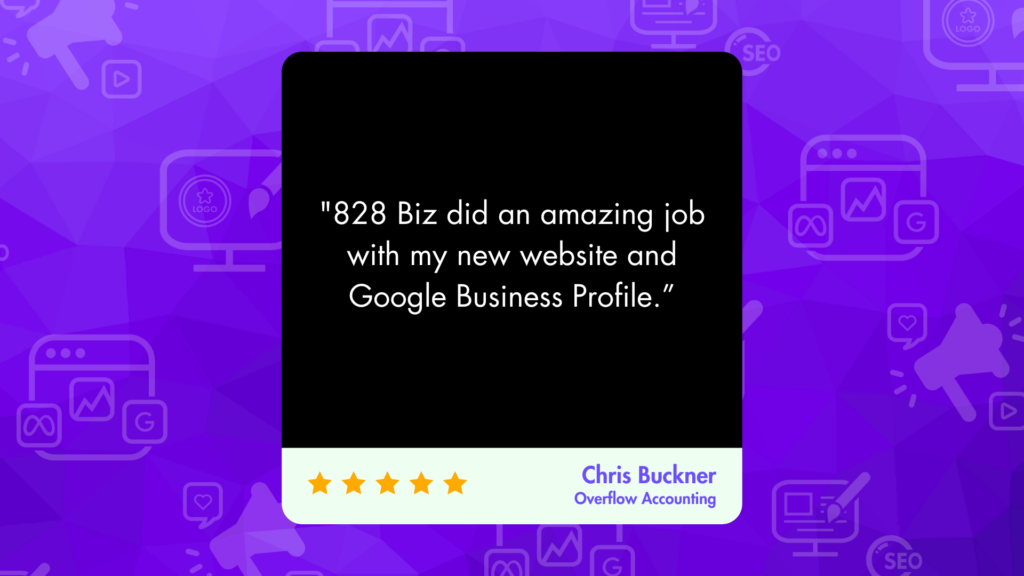
Carousel Posts: Multi-image posts that boost engagement and showcase various aspects of your brand.
Carousel posts are like static images but use multiple images in a single post instead of just one. Carousel posts allow businesses to showcase various aspects of their brand or tell a story over multiple slides.
Carousel posts are great for providing more detailed information about products, services, or events in a digestible format. This interactive format encourages users to swipe through the content, increasing time spent on the post and boosting engagement.
It’s also an excellent way to convey diverse messages within a single post, from customer testimonials, before-and-after images, product features to educational information and beyond.

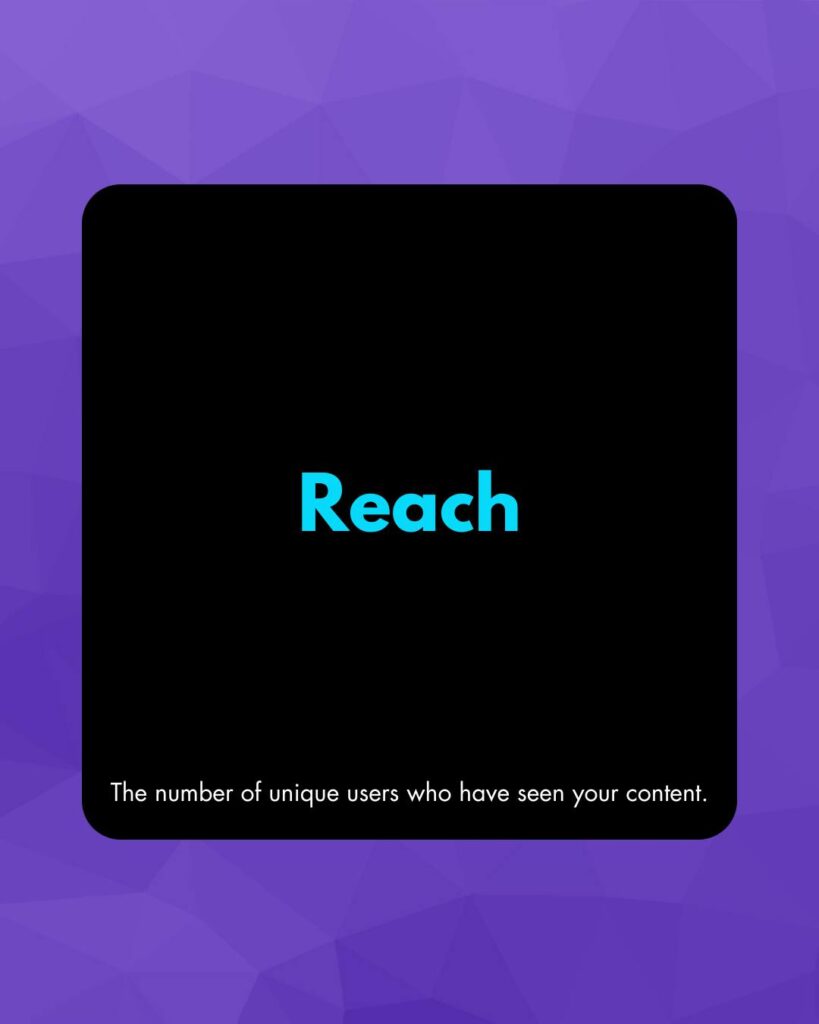
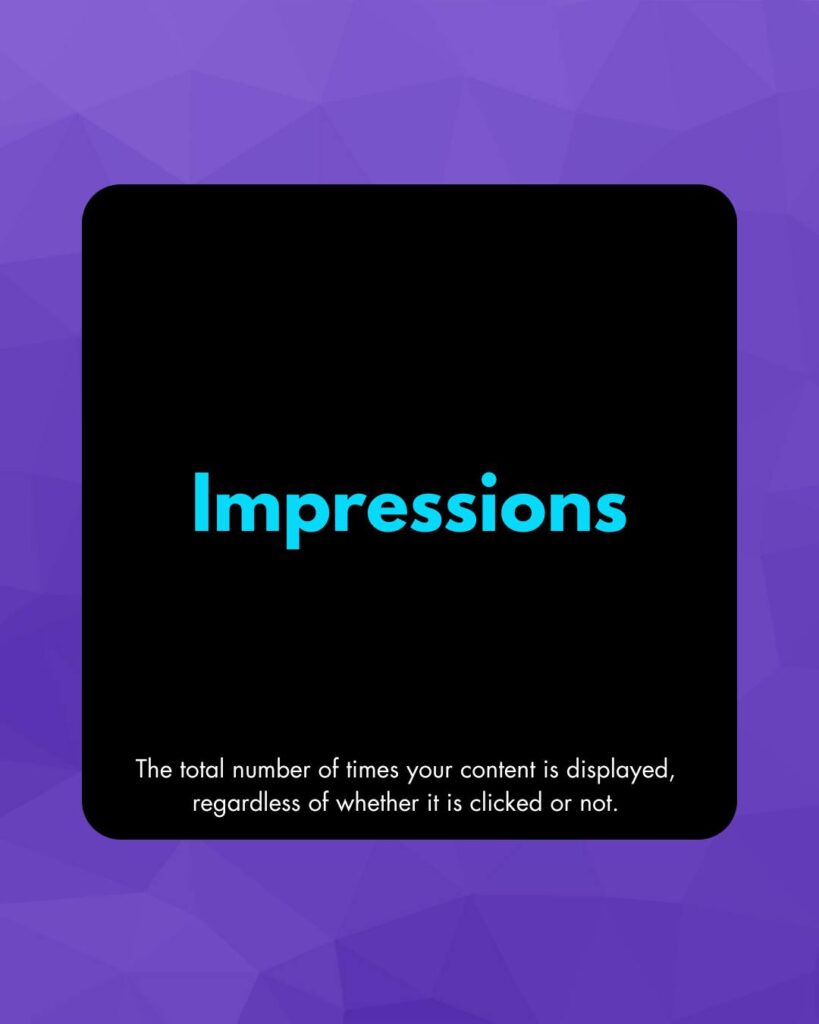
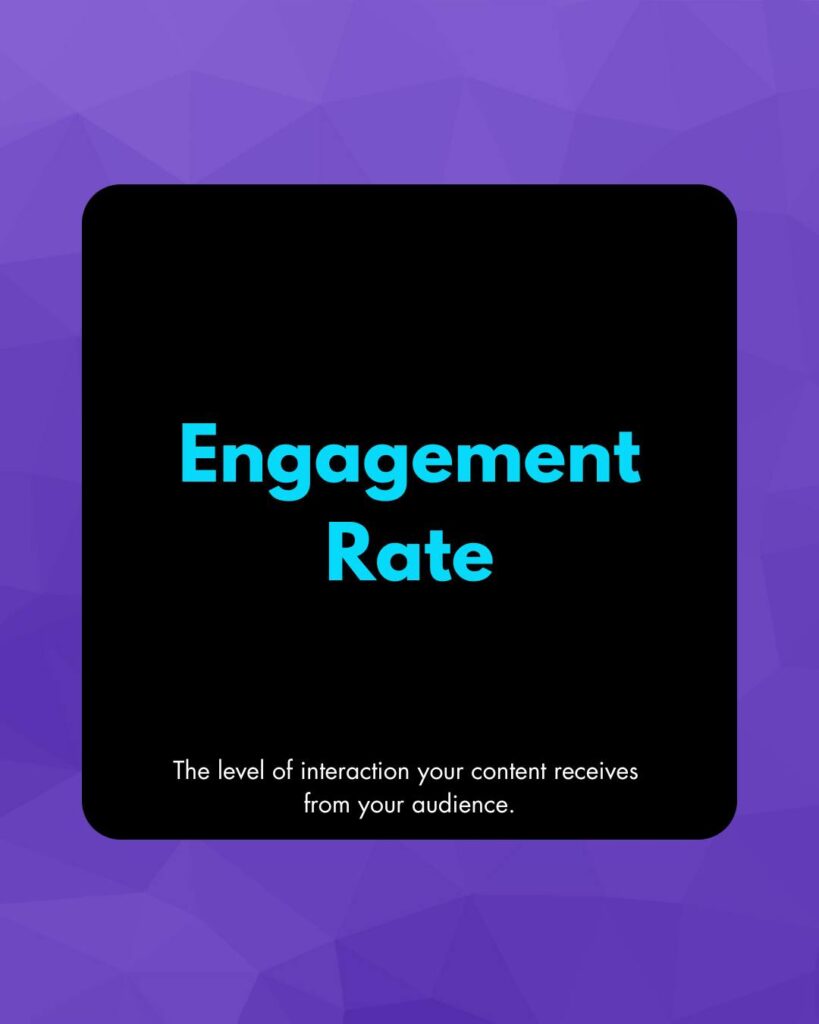
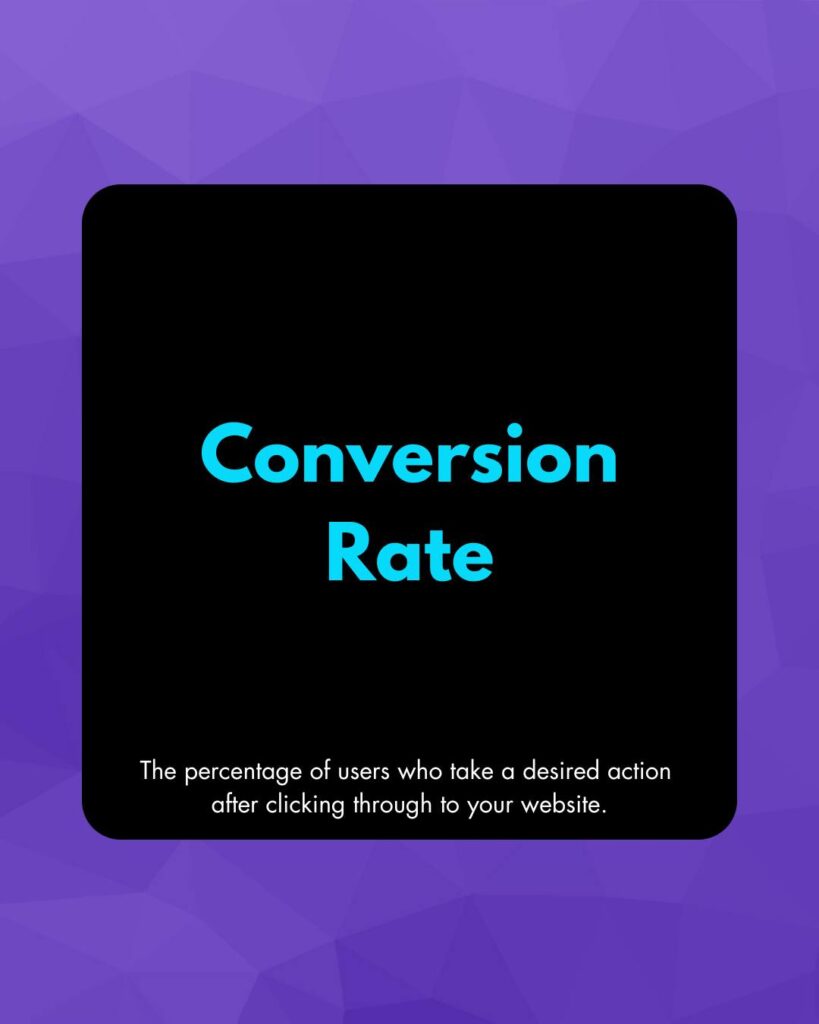
Blog Posts & Articles: Long-form content that enhances SEO and educates your audience.
Long-form content can educate your audience and enhance SEO efforts. Well-written blog posts allow businesses to dive deep into topics that matter to their target audience, offering valuable insights and solutions to their problems.
Not only do blog posts help position your brand as a trusted authority, but they also improve your website’s search engine rankings by targeting specific keywords. Additionally, blogs will continue to drive traffic to your website long after they are published, so even blogs that are years old can still drive traffic.
Websites: Your digital foundation, providing essential info and offering a user-friendly experience.
Having a well-designed website is the most important thing you can do when building the digital foundation of your brand. Your website provides essential information about your brand and should be as user-friendly as possible to make navigating easy.
A well-designed website acts as a hub for all your digital content, from blog posts and product information to contact details and customer support.
A website should be easy to navigate, mobile-friendly, and optimized for conversions. It’s the place where potential customers go to learn more about your business, make purchases, or contact you.
On the flip side, having a poorly designed site can hurt your business, making your brand seem untrustworthy to visitors. Unoptimized sites do not get suggested as much in search engine results. Slower, unhealthy sites will get pushed further down the suggestions by search engines, making your site almost entirely invisible to potential clients.
Content’s Impact on the Customer Journey
Awareness: Blog posts and social media introduce your brand.
The first stage of the customer journey is awareness, where potential customers become familiar with your brand and its offerings. At this stage, content such as blog posts and social media posts are crucial for introducing your business to a wider audience.
Blogs provide informative articles that address common questions, challenges, or trends within your industry, helping to position your brand as a helpful resource. On the other hand, social media allows businesses to showcase their personality, share valuable content, and engage with users directly.
By creating content that resonates with your target audience’s interests or needs, you can effectively raise awareness and attract potential customers to your brand.
Consideration: Use case studies and product demos to educate.
Once potential customers are aware of your brand, the next step in the journey is consideration, where they begin evaluating their options. At this stage, it’s important to provide content that educates and informs, helping them understand how your products or services can solve their specific problems.
Case studies and product demos are excellent content types for this phase. Case studies offer real-life examples of how your product has successfully addressed challenges for other customers, showcasing your brand’s value and effectiveness. Product demos, whether in video or interactive form, allow potential customers to see your product in action, which can help build confidence in its quality and functionality.
By offering detailed, informative content, you help guide prospects through the evaluation process and position your business as a viable solution.
Conversion: Testimonials and product details help close the deal.
In the conversion phase of the customer journey, potential buyers are ready to make a purchase decision. Content here needs to focus on building trust and reinforcing the value proposition.
Testimonials and detailed product information play a significant role in this stage. Customer testimonials provide social proof, demonstrating that others have had positive experiences with your product or service. This helps to alleviate any lingering doubts and solidifies your credibility.
In addition, offering clear, easy-to-understand product details—such as specifications, pricing, and benefits—ensures that potential customers have all the information they need to make an informed decision.
By providing content that addresses their concerns and highlights the advantages of choosing your business, you can close the deal and drive conversions. Having a well-built website with blogs, product/service details, and an active social media presence will actively target consumers in the buying process.
Tips for Effective Content Creation
Know Your Audience: Tailor content to their needs.
Effective content creation starts with knowing your audience. Understanding who you’re creating content for allows you to tailor your message to their specific needs, interests, and price points. Take the time to research your target demographic (whether through surveys, feedback, or social media insights) and develop content that resonates with them. This targeted approach ensures that your content speaks directly to your audience.
Consistency: Post regularly across platforms.
Posting regularly across various platforms helps keep your brand visible and top of mind for your audience. Whether it’s daily, weekly, or bi-weekly, consistency is essential to maintaining an active presence. It also helps to build trust over time, as your audience knows they can rely on you to deliver relevant and timely content. Keeping a content calendar or using scheduling tools can make it easier to stay on track and ensure you’re posting consistently. Buffer is a great option that we use and recommend to our clients. It is user-friendly and allows you to schedule posts in advance, so you don’t have to worry about when and where you need to post your content creation.
Quality Over Quantity: Focus on valuable content, not volume.
It’s easy to get caught up in the idea that more content equals better results, but focusing on valuable, high-quality content creation will ultimately yield better engagement and conversion rates. Prioritize creating content that provides value to your audience through helpful tips, entertaining stories, or informative guides rather than simply producing content for the sake of it. Well-crafted content that meets your audience’s needs will have a far greater impact than a flood of mediocre posts.
Analytics: Measure success and refine your strategy.
Monitoring key metrics like engagement, reach, and conversion rates helps you understand what’s working and what’s not. By measuring the success of your content, you can identify trends, refine your strategy, and optimize future content to deliver even better results. Continuously tweaking and adapting your approach based on data ensures that your content creation efforts remain effective and aligned with your business goals.
Conclusion
Content creation is an essential strategy for driving business growth in the current consumer market. By understanding your audience, posting consistently, and focusing on high-quality content, businesses can build trust, increase visibility, and engage effectively with potential customers.
Whether through short-form videos, blog posts, or social media content, each type of content plays a crucial role in guiding customers through the journey from awareness to decision.
By leveraging analytics, businesses can continuously refine their strategies to ensure they are meeting the needs of their audience and achieving their goals.
Now is the time to start the fun part: get started on some content creation! If you are unsure of where to start, check out our services page, and we will help you find the solution that best fits your needs and business growth goals.

